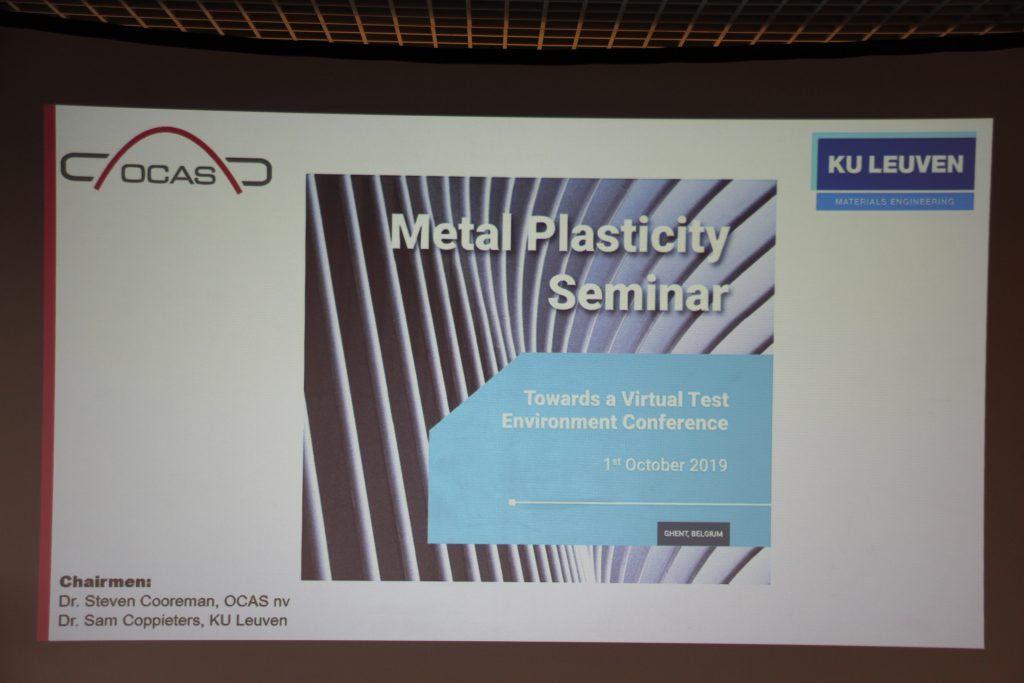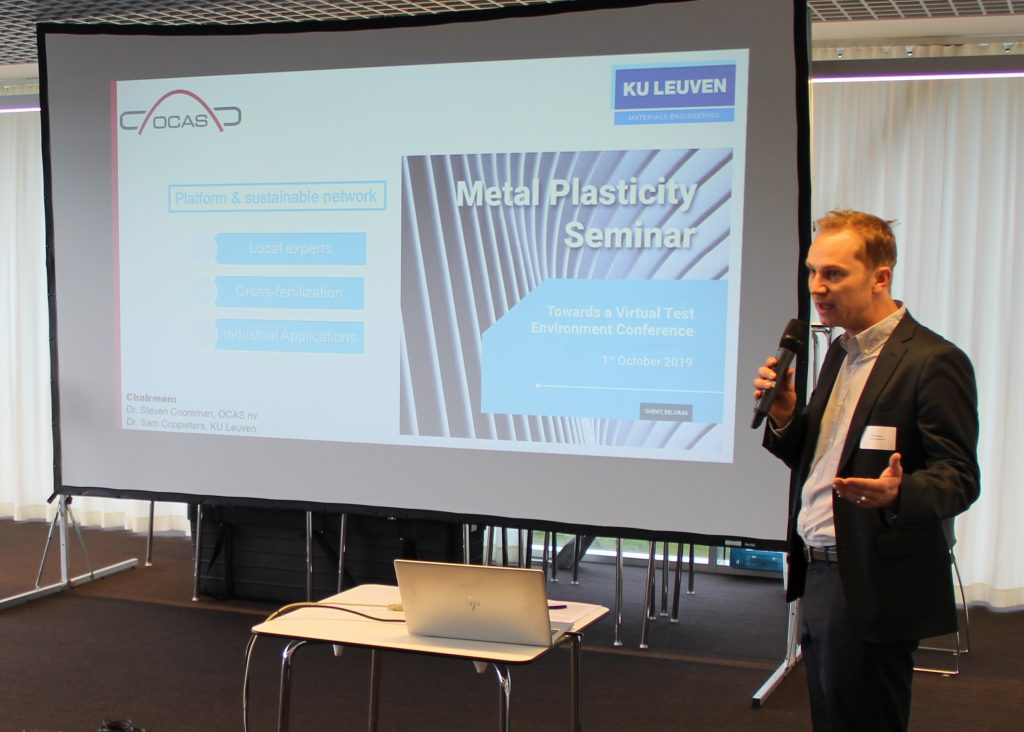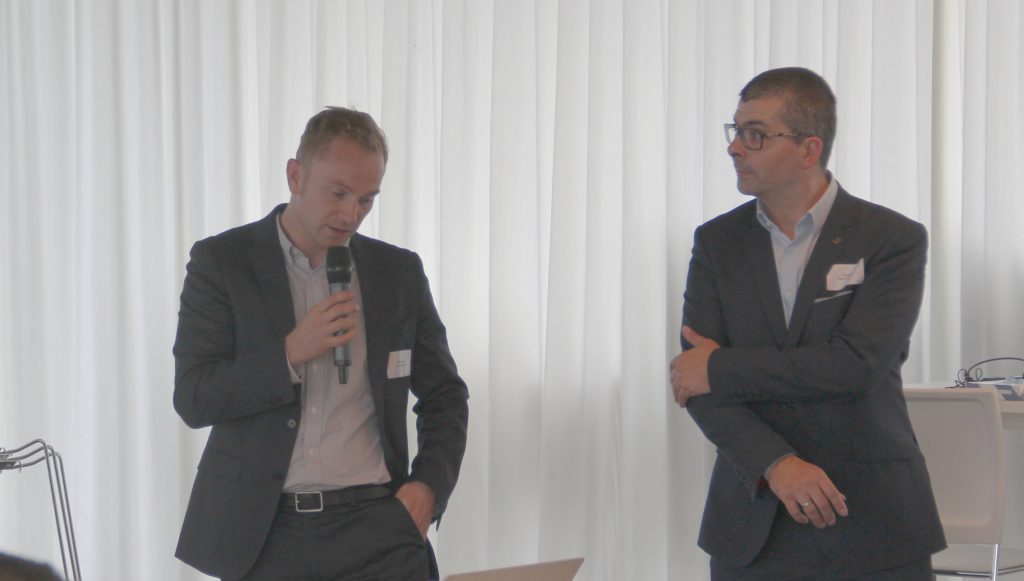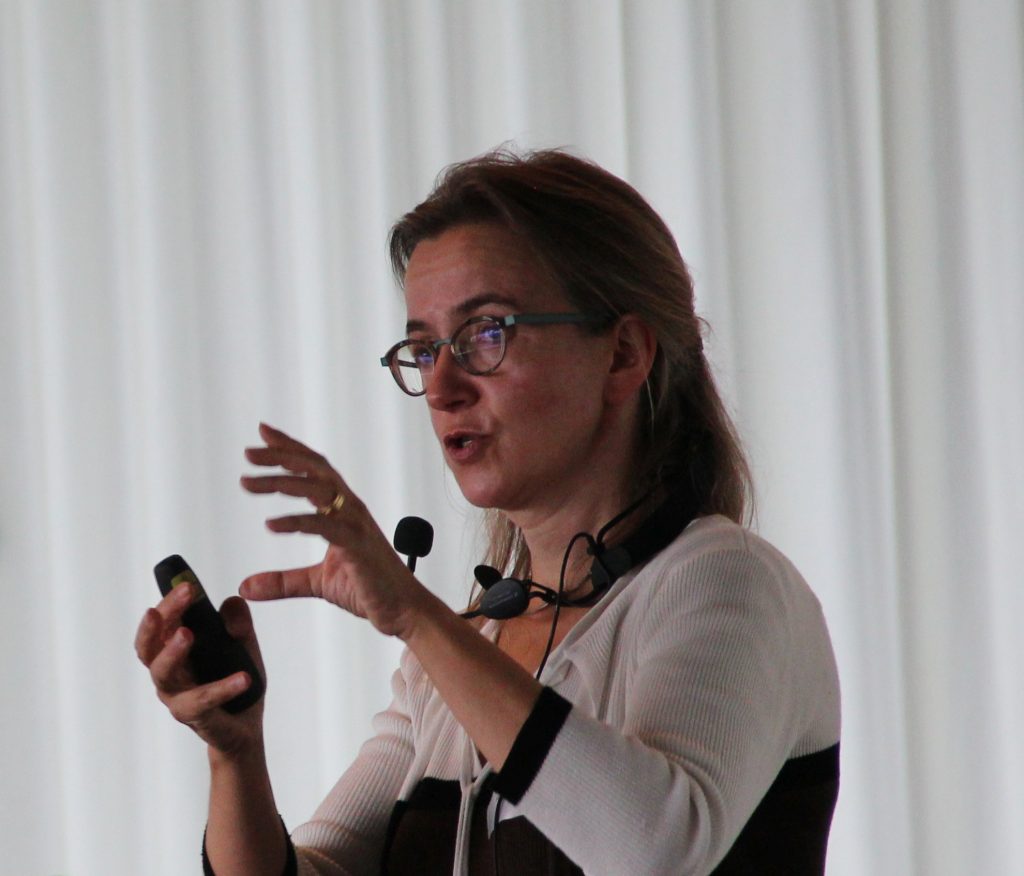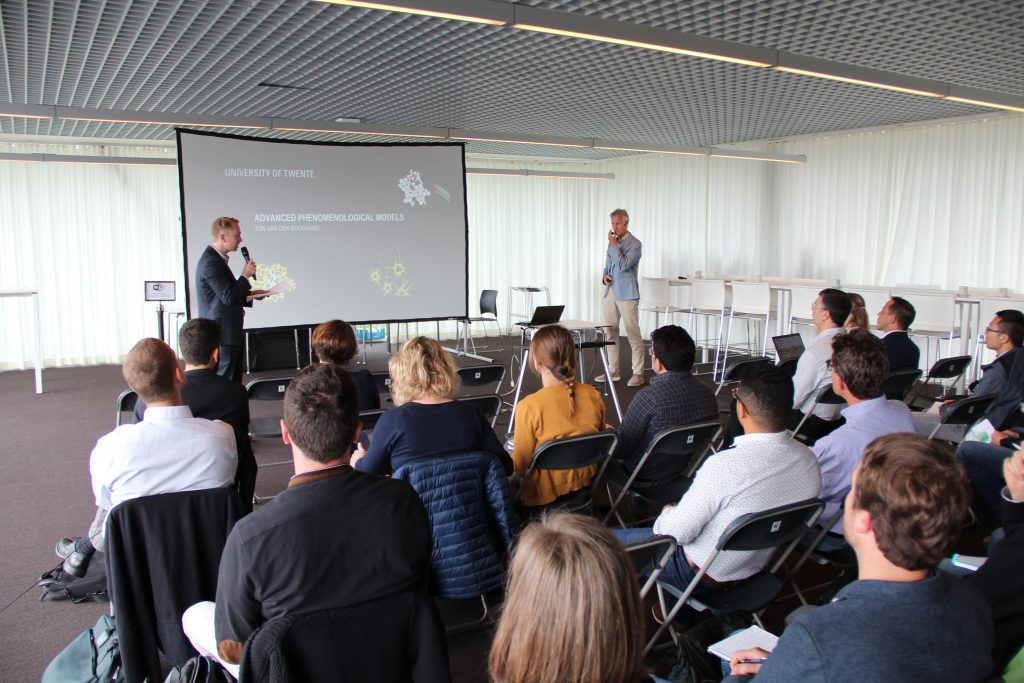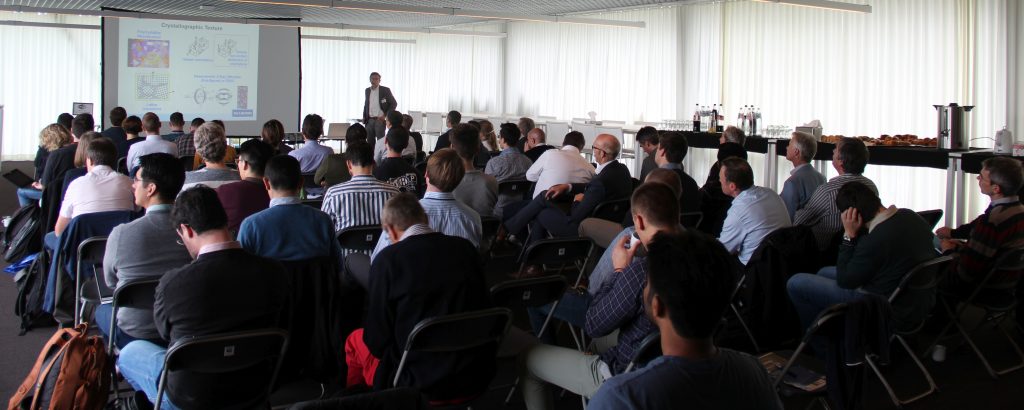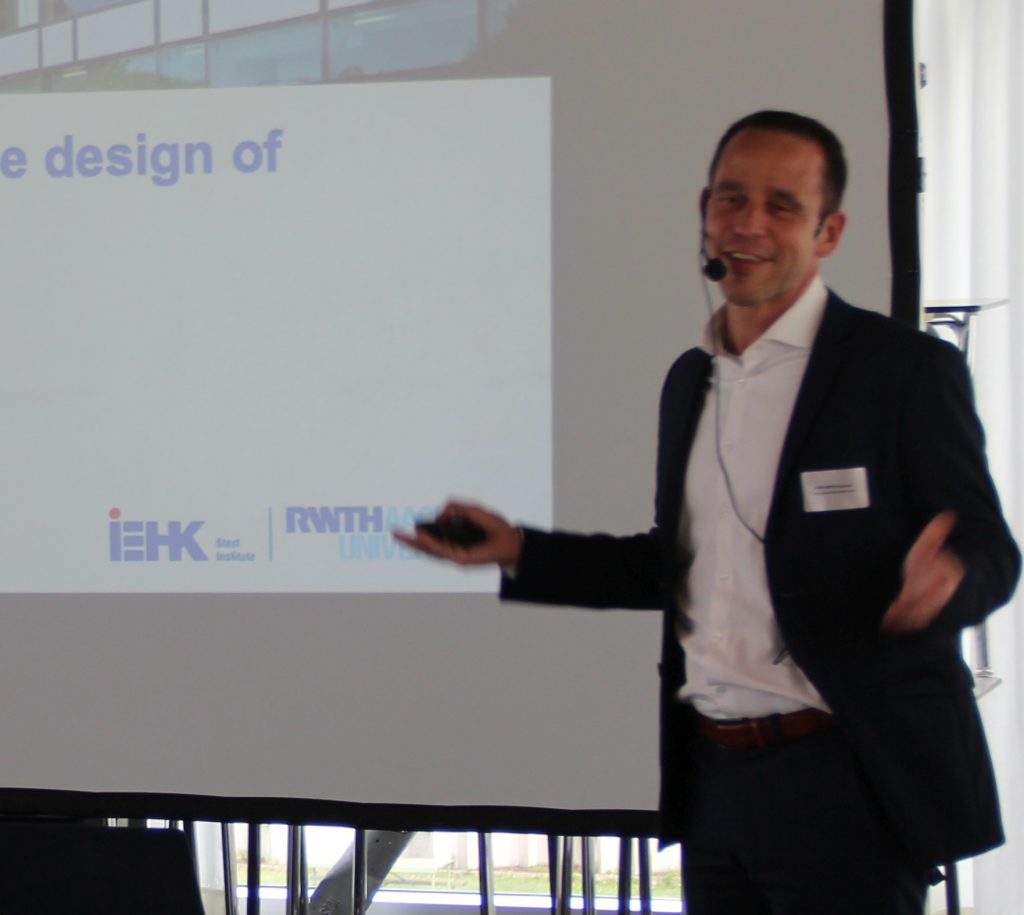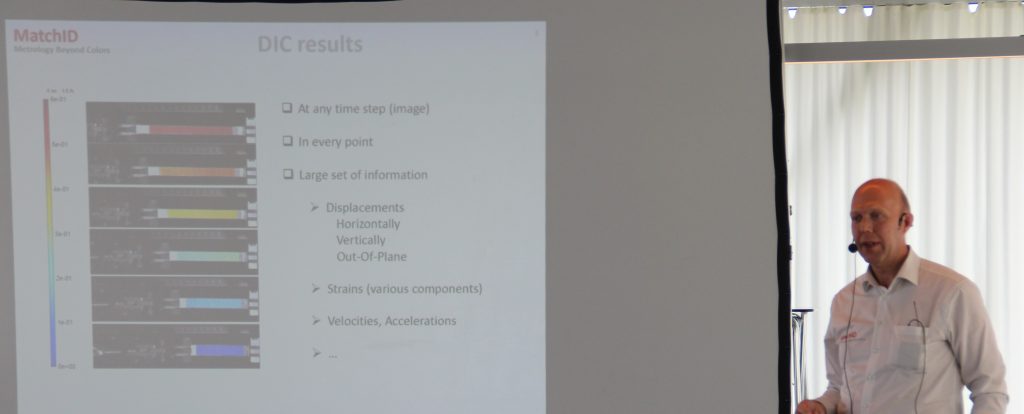Material forming and shaping through plastic deformation is still one of the most efficient and economical manufacturing processes and is therefore extensively used in large industries such as automotive, appliance, energy, etc.
Towards a virtual test environment
Since many years, FEA (Finite Element Analysis) is used to optimize metal forming processes, as it reduces the cost of the trial-and-error phase and the time-to- market. The reliability of such FE simulations however, depends to a large extent on the capability of the constitutive model to reproduce the mechanical material behaviour, which can be quite challenging in case of metals.
Over the past decades, many phenomenological models have been developed and implemented in FEA codes. Furthermore, a huge effort has been put in the development of crystal plasticity models, i.e. constitutive models with a solid physical base in which the material’s texture and microstructure are explicitly considered. In addition, FE models have become much more advanced and other numerical techniques, such as DEM (Discrete Element Method) and PFEM (Particle Finite Element Method), were introduced in recent years, making simulations ever more realistic.
On October 1st, a seminar on metal plasticity was organized by OCAS in collaboration with the Katholieke Universiteit Leuven (KU Leuven). The aim was to promote a platform for people working in the field of metal plasticity and to strengthen the cross-fertilisation between theoretical material modelling, computational and experimental plasticity and the development of industrial applications.
During this seminar, the following presentations were discussed:
- Steel industry – latest developments and future trends, Dr. L. Bracke, ArcelorMittal Global R&D
- Some features of the strain rate dependence of metal plasticity, Prof. P. Verleysen, Universiteit Gent
- Advanced phenomenological models, Prof. A. H. van den Boogaard, University of Twente
- New advances for evolving meshes/discretization methods in 3D large deformation problems. Application to metal forming, wear, crack propagation and fluid-structure interactions using FEM, DEM and PFEM, Prof. J.-P. Ponthot, Université de Liège
- Statistical crystal plasticity models and their implementation in FE models for plastic forming simulations, Prof. A. Van Bael, KU Leuven
- Application of plasticity models for the design of damage tolerant microstructures, Prof. S. Münstermann, RWTH Aachen University
- Quantitative full-field measurements for material identification and model validation, Dr. P. Lava, MatchID NV
The speakers discussed the state-of-the-art of current research and future developments in the field of metal plasticity. They gave a good overview of our current understanding of the plastic behaviour of steels and our capabilities to measure and describe it by means of numerical models. From the presentations it was however clear that there are still many open questions.
Around 60 people, both from industry and the academic world, attended this event. As the initiative was well appreciated, both organisers consider making it an annual or bi-annual event.
Enjoy some pictures taken during the event (click picture to navigate)
“Researchers at university are developing and using highly advanced models and techniques, while engineers in industry often rely on phenomenological models and basic mechanical tests. It is exciting that events like this connect both worlds and support the knowledge transfer”



